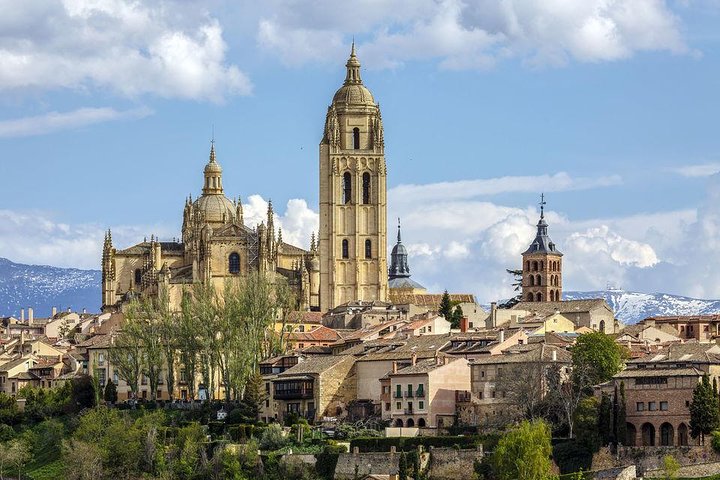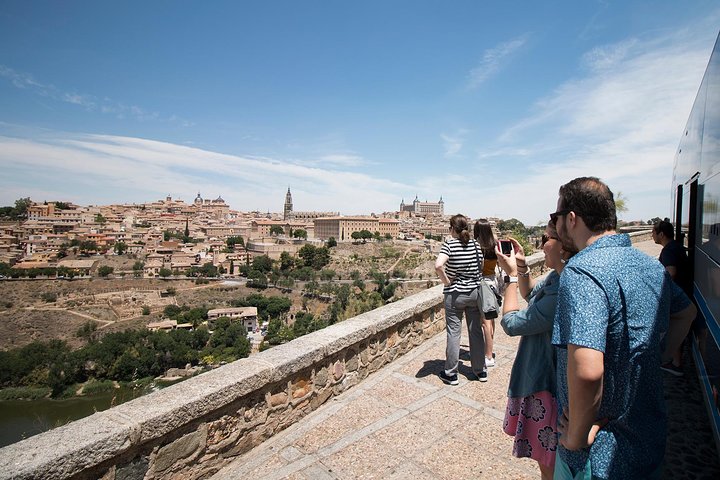
Castile and León, a region steeped in history and brimming with cultural treasures, offers an unparalleled travel experience. Imagine wandering through the ancient streets of Salamanca, where every corner tells a story. You can embark on a self-guided tour to uncover the city’s secrets at your own pace. For those who crave a blend of adventure and relaxation, an e-bike tour and picnic in Valladolid’s exclusive winery estate is a must. The region’s architectural marvels are best explored with a private walking tour of Segovia, where the Roman aqueduct and Jewish quarter await your discovery. If you’re looking to elevate your experience, a hot air balloon ride over Segovia’s UNESCO World Heritage sites offers breathtaking views that will leave you in awe. Dive into the culinary delights of Salamanca with a visit to the ham factory, where you can taste and learn about the region’s famed delicacies. For a unique underground adventure, the Valporquero Cave tour lets you explore stunning stalactites and stalagmites. Castile and León is not just a destination; it’s a journey through time, culture, and natural beauty, promising memories that will last a lifetime.
Castile and León, a region steeped in history and brimming with cultural treasures, offers an unparalleled travel experience. Imagine wandering through the ancient streets of Salamanca, where every corner tells a story. You can embark on a self-guided tour to uncover the city’s secrets at your own pace. For those who crave a blend of adventure and relaxation, an e-bike tour and picnic in Valladolid’s exclusive winery estate is a must. The region’s architectural marvels are best explored with a private walking tour of Segovia, where the Roman aqueduct and Jewish quarter await your discovery. If you’re looking to elevate your experience, a hot air balloon ride over Segovia’s UNESCO World Heritage sites offers breathtaking views that will leave you in awe. Dive into the culinary delights of Salamanca with a visit to the ham factory, where you can taste and learn about the region’s famed delicacies. For a unique underground adventure, the Valporquero Cave tour lets you explore stunning stalactites and stalagmites. Castile and León is not just a destination; it’s a journey through time, culture, and natural beauty, promising memories that will last a lifetime.



















